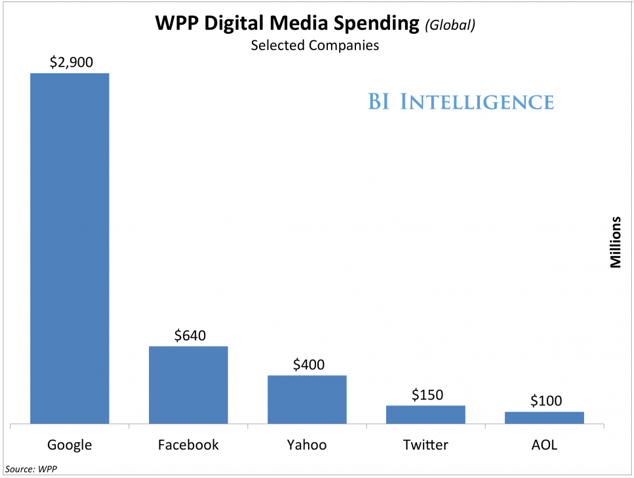Presentations Are Enterprise Assets
If it’s important, it’s in a deck somewhere.
Whether it’s a sales meeting, research results, product roll out plans, earnings reports or anything else, everything that matters in business makes its way into a presentation. Presentations have the best thinking from your company’s brightest performers and are topped off with professional graphics and copy writing toe deliver the greatest impact. But oftentimes, after the meeting, the deck gets lost on the network, on someone’s hard drive or in an email chain.
No matter how great the presentation was, it gets left to collect dust once the first meeting wraps up. No one knows for sure where or if it even exists. What a waste of talent, time, and money!
Are your presentations organized? Or do a lot of the assets you create seem to disappear?
If you’re not getting as much out of your presentations as you think you should be, it’s time to reassess your organization’s presentation management strategy. That’s because presentation management unleashes your best content in such a way that any qualified person in your organization can use it—and reuse it—to positively affect your business.
Presentation management takes your presentations from a one-off, dead-end, and transforms them into a communications asset that can be used over and over again for the benefit of everyone in you company.

Presentations are a vital element in the communications mix. They are their own media category. In today’s fast-paced digital world, forward-thinking organizations understand the importance of using presentations to convey their messages to an increasingly distracted audience.
To this end, enterprises are on track to spend upwards of $300 billion this year to develop the right strategies and execution for their advertising, PR, social, web and digital campaigns.
These investments are made because they expect their customers, partners and investors will act favorably after they’re exposed to digital content.
For some perspective, check out how much five major businesses spent on digital media over the course of a single year:

Despite this, when it comes to presentations, no one gives them a second thought. They think they can simply slap a logo, color scheme and a few fonts on a PowerPoint master template and let each employee fend for themselves. Ironically, these presentations get used at mission-critical moments, when an employee is trying to get someone else, a client, and investor and colleague, to act favorably.
This is a captive audience that’s interested in your product or services, otherwise they wouldn’t be there in the first place. This is your chance to make an impression, convince them and close the deal. Presentations directly affect your company’s bottom line—more so than the passive experience potential customers have while browsing your website or watching an ad on TV .
Yet, it’s not uncommon for organizations to spend a lot more time and energy producing commercials or designing their websites. Presentations are a critical component of enterprise communications and therefore deserve the same level of planning and implementation that other media enjoy.
This way, everyone from the CEO down to the newly hired trainee can represent your company’s brand, products and messaging—effectively and productively.
